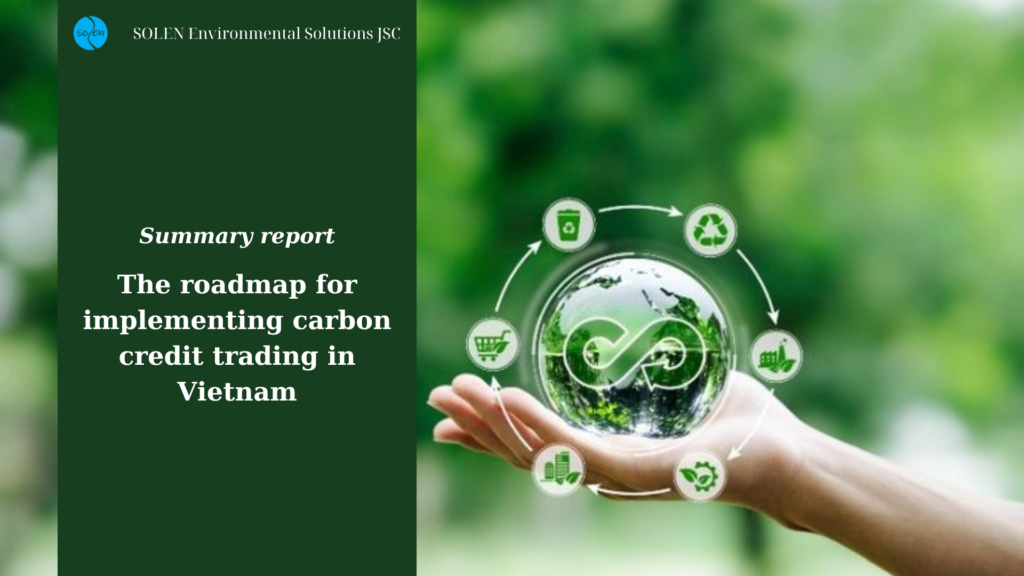In the context of the global economy facing serious challenges from climate change, reducing carbon emissions has become a top priority for the international community. To ensure sustainable development and actively contribute to the common efforts of the international community, Vietnam has put forward a roadmap for implementing carbon credit trading.
According to Clause 35, Article 3 of the Law on Environmental Protection 2020: Carbon credit is a certificate that can be traded and represents the right to emit one ton of carbon dioxide (CO2) or one ton of carbon dioxide (CO2) equivalent. [1] Thus, carbon credit is a certificate that represents the right to emit one ton of carbon dioxide (CO2) or equivalent, this certificate can be used for trading.
Normally, manufacturing companies emit a certain amount of CO2. If they exceed the prescribed limit, they must buy more carbon credits. On the contrary, if the amount of CO2 generated is lower than the prescribed limit, they can sell the unused credits to other businesses that have emissions exceeding the limit.
In Vietnam, carbon credit trading is regulated in Article 19, Decree No. 06/2022/ND-CP. Accordingly, carbon credit trading is carried out on a voluntary or mandatory basis. Voluntary carbon market participants can buy and sell carbon credits with each other through carbon credit exchanges. Compulsory carbon credit trading is carried out between emitters who are required to reduce greenhouse gas emissions according to the law.
This report will summarize the carbon credit trading process in Vietnam and contribute to a better understanding of Vietnam’s role in the global fight against climate change
See the full report:
Click here



 Tiếng Việt
Tiếng Việt 日本語
日本語